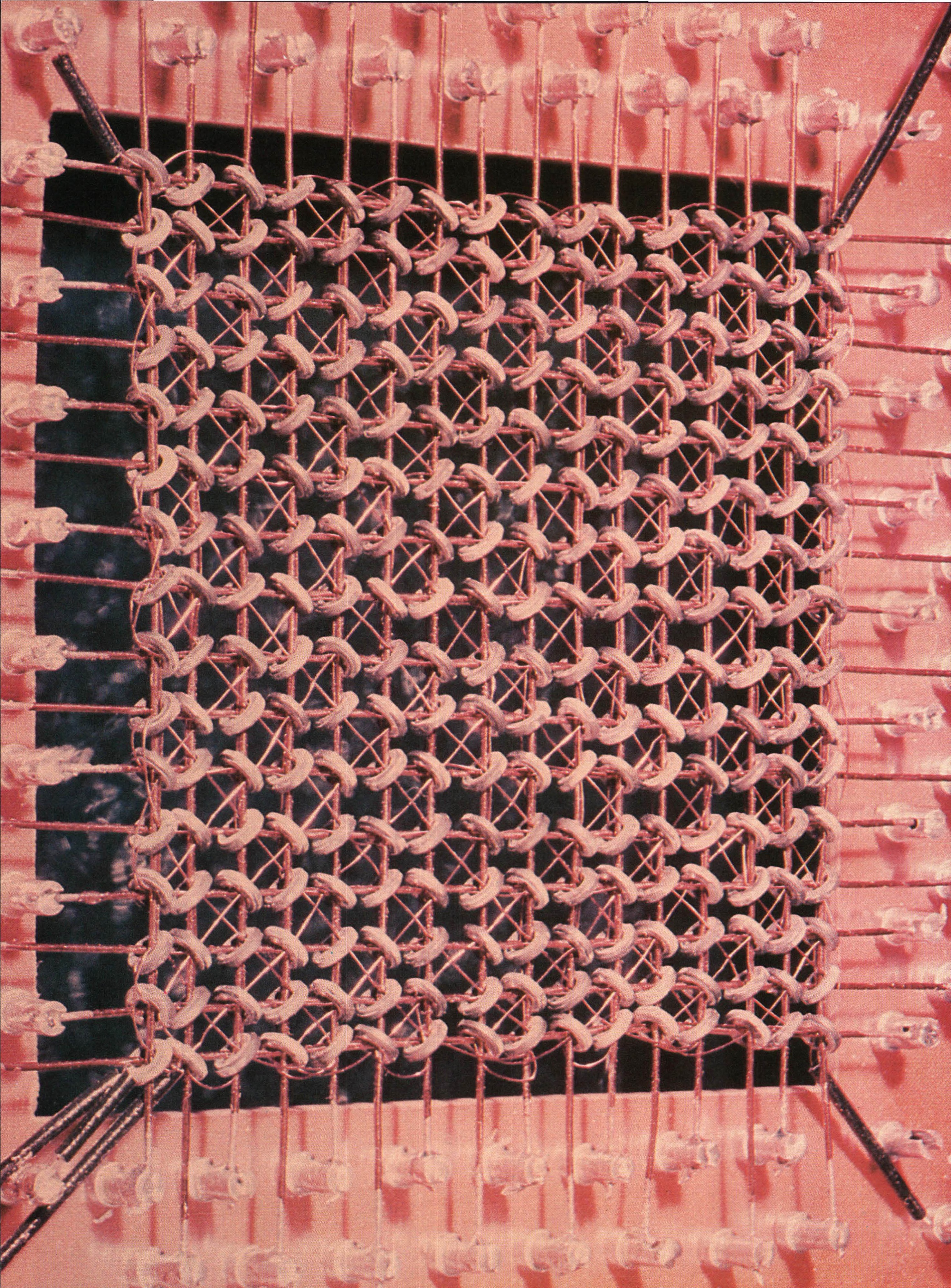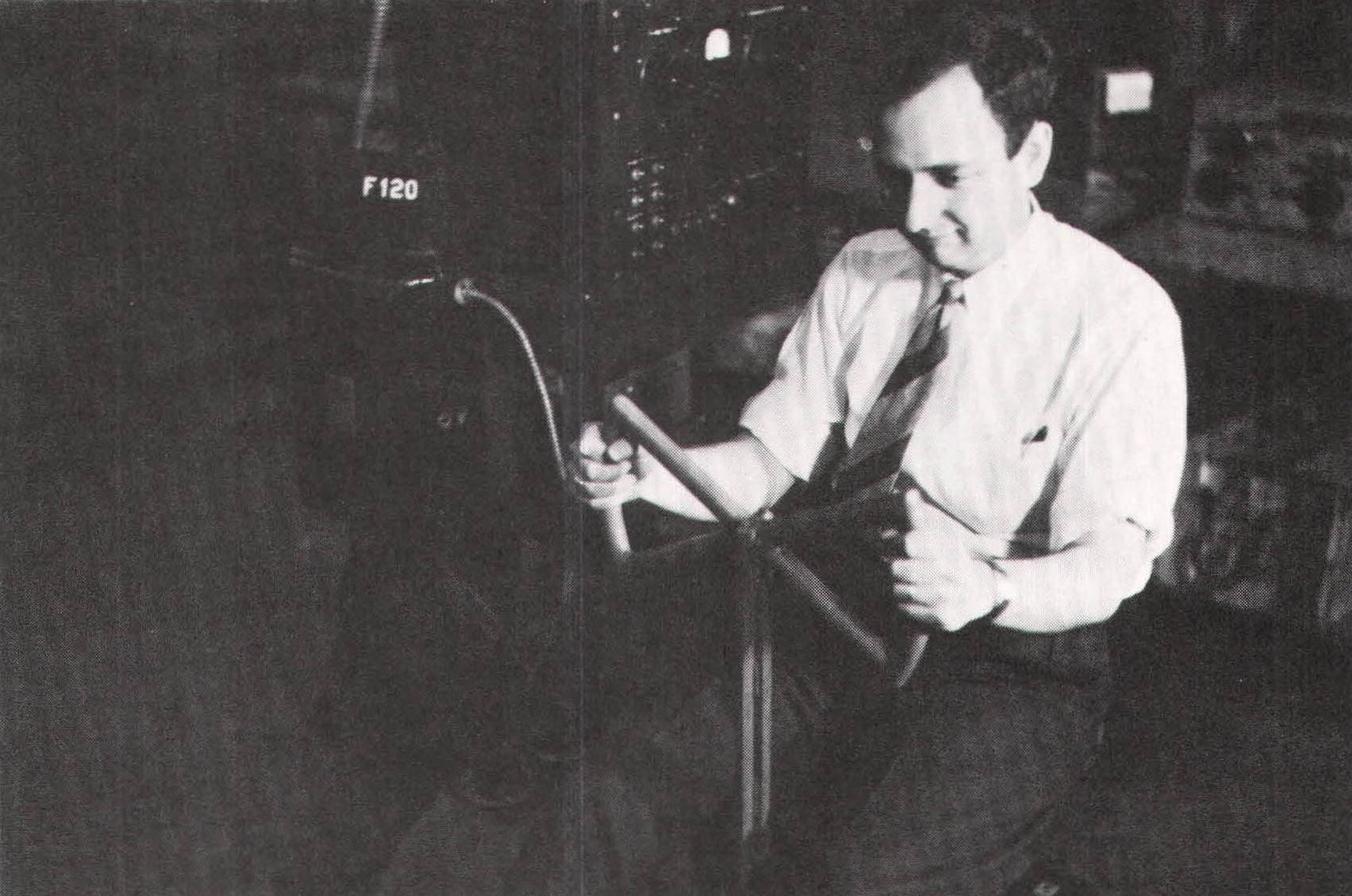This is not the age of pamphleteers. It is the age of engineers. The spark-gap is mightier than the pen. Democracy will not be salvaged by men who talk fluently, debate forcefully and quote aptly.
Lancelot Hogben, Science for the Citizen
Is it progress if a cannibal uses knife and fork?
Stan J. Lee, Unkempt Thoughts
Most of the computers of the late 1940s and early 1950s were sponsored by the defense establishment and put to military use. ENIAC and EDVAC were financed by the Army; von Neumann’s IAS computer was underwritten largely by the Army and the Navy; the Mark I at Manchester University and the EDSAC at Cambridge were subsidized by the British military; and all but two of IBM’s nineteen 701s were leased by the Navy, defense contractors, and government organizations involved in defense, such as the National Security Agency. Although many computers ended up outside the military establishment – the Census Bureau, for example, bought three UNIVACs, and the U.S. Weather Bureau acquired a 701 – the first computers were chiefly weapons of the Cold War.
These machines were not only applied to military tasks but also were designed with them in mind. ENIAC was built to calculate ballistic trajectories; EDVAC was devised to perform large scientific calculations, such as H-bomb simulations; and BINAC was intended to be a prototype of a fail-safe computer for a guided missile. In its early years, the computer industry resembled a busy little bus service. The military did most of the driving; the universities, along with a few private companies, handled the design and construction; and the passengers, those who used the computers, came from academia, defense contractors, and research institutes. There was a lot of intermingling of drivers, mechanics, and passengers, and everybody had a turn at the wheel at one time or another.
When a particular military application of computer technology (such as air traffic control) matched a commercial one, that technology entered the marketplace within a few years, whereas strictly commercial applications of computers (such as industrial process control) came along much later. Once a sizable computer industry had developed, the military’s role in computer technology shrank, and private capital assumed a growing share of research and development. But that didn’t happen until the early 1960s. Meanwhile, military money and necessity were the great muses of computer technology.

Take the case of Whirlwind, one of the most innovative and influential computer projects in the history of computers. Built by MIT, Whirlwind had a rather awkward childhood – it began life as an analog computer. In December 1944, the Navy’s Special Devices Center asked MIT to undertake a feasibility study of a general-purpose flight trainer and stability analyzer that could be used to train pilots and to test new aerodynamic designs. At that time, flight trainers did a poor job of imitating planes in flight, and they weren’t programmable, which meant that a new trainer-analyzer had to be constructed for every type of aircraft or proposed design. All this took a great deal of time and money, and the results were rather unimpressive.
MIT’s Servomechanisms Laboratory assigned the study to Jay W. Forrester, a young engineer who had supervised several small projects at the lab. An extraordinarily capable, confident, though somewhat aloof man, Forrester had an engineering degree from the University of Nebraska and was working on his master’s at the time. Although only twenty-six years old, he had been thinking of leaving MIT to start a company of his own, but Gordon S. Brown, the lab’s director, had a keen eye for talent and was eager to keep him on. Brown called Forrester into his office, gave him a list of about a dozen projects, and invited him to take his pick. The feasibility study, which promised to be the beginning of a much larger project, caught his interest, and Forrester decided to stay on.
The trainer-analyzer had two basic parts, a cockpit and a controller. Although the cockpit promised to be a devilishly complicated piece of machinery, the real engineering hurdle was the controller. It had to be able to mimic the behavior of a wide range of aircraft, reacting to the pilot’s moves, maneuvering the cockpit, driving the instrument panel, simulating wind resistance, and recording every moment of the “flight” for later analysis. The controller had to be fast and accurate; in other words, it had to be capable of real-time – or instantaneous – responses to human actions. And the only device that seemed suitable for the task was an analog computer of some kind, the traditional servomechanistic solution to problems of control.
However, it would be maddeningly difficult to design an analog computer for a trainer-analyzer. An analog computer is an intrinsically inaccurate and inflexible piece of equipment; in the case of the trainer-analyzer, it would be a square peg in a round hole. Nevertheless, Forrester was optimistic – the job was not impossible – and the Special Devices Center agreed to finance a full-scale research and development effort. In the summer of 1945, therefore, MIT received an $875,000 contract for the design and construction of a trainer-analyzer. (Incidentally, the contract was granted over the sharp objections of several Navy engineers, including one officer who, well aware of the limitations of analog computers, condemned the trainer-analyzer as “a physicist’s dream and an engineer’s nightmare.” He was right – as long as an analog computer was used.)

Forrester and his team wrestled with the controller for a few months, with little success. As chance would have it, however, in October 1945 Forrester ran into a young MIT engineer named Perry Crawford, who suggested that he look into digital computers. ENIAC was almost finished, EDVAC was under development, and the Moore School’s work was stirring up a great deal of interest among engineers. Forrester took Crawford’s advice, as Robert R. Everett, his second in command, wrote years later:
Jay talked to a number of people, attended a computer conference and…came back and said, “We are no longer building an analog computer; we are building a digital computer.”
Things were different in those days. We didn’t have a big study group, and when Jay decided to build a digital computer, we all thought that was great. He won the support of MIT and the Special Devices Center, which was also a group of engineers, and we began to build a digital computer in late 1945…. But the task was just barely possible because of [the] limited availability of test equipment and other devices and components. No technical infrastructure existed as we know it today. There were few instruments. We had to go ahead and do almost everything for the first time and when I say we I mean not only the Digital Computer Laboratory [which MIT established to build the computer] but everybody in the computer business.
By 1947, Forrester’s team had a design for a high-speed electronic digital stored-program computer that could operate in real time. In theory, it could not only run a trainer-analyzer but perform any real-time function, such as keeping track of air traffic, monitoring a battle, or running a factory. For example, you could hook it up to a radar network, install a bank of television- like monitors, and track airplanes in a designated area. Given an appropriate method of communicating directly with the computer, you could ask questions like, “How many planes in sector four?” or, “Give intercept coordinates for target number five.” Forrester and Everett had hit on a revolutionary application of computers, and they knew it.